Contributor: Morgan Motzel
Work and Life is a radio program hosted by Stew Friedman, director of the Wharton Work/Life Integration Project, on Sirius XM’s Channel 111, Business Radio Powered by Wharton. Every Tuesday at 7 pm EST, Stew speaks with everyday people and the world’s leading experts about creating harmony among work, home, community, and the private self (mind, body, and spirit).
On Work and Life, Stew Friedman spoke with Scott Schieman, a Canada Research Chair and Professor in the sociology department at the University of Toronto. His research focuses on the social psychology of inequality, with a special emphasis on work and stress in the work-family interface. He is currently leading a national study of over 6,000 Canadian workers to understand the factors that contribute to stress across a broad sample of the working population.
The following are edited excerpts of their conversation.
Stew Friedman: Tell us about your research, Scott—give us the headline on what it is that you’ve been working on with respect to stress and status.
Scott Schieman:  It all started back in 2004 when I became really interested in emotional inequality in the population.
It all started back in 2004 when I became really interested in emotional inequality in the population.
SF: Let’s define that phrase first. Emotional inequality—what is that?
SS: From a sociology and mental health perspective, emotional inequality refers to the ways that the classic features of distress, such as anxiety, depression, and anger, are distributed in the population. Rather than being randomly distributed out there, we’ve observed that it is socially patterned, and that it is very often linked to the way we organize our lives and our social roles within work, family, elements of the community, and so forth. Emotional inequality means that not everybody experiences stress in the same way; it is an exploration of the patterns associated with those feelings. In some ways, it’s a social epidemiology for everyday stress.
SF: And how stress is associated with social roles?
SS: Looking at the key social roles is really the crux of my research—those are the roles that put demands on us and that give us the resources to deal with those demands.
SF: For example, what are those critical roles?
SS: A classic one is overwork, including long hours, excessive pressure, twelve hours of work and eight hours to do it. On the flip side of that, family-related responsibilities, such as caring for young children and caring for elder parents, can be big drivers as well. The competing pressures and demands in those roles, and how people cope with them, is what I’m most interested in.
SF: You were talking about how you got interested in this topic. Tell us more about that story.
SS: I was particularly interested in this idea of the stress of higher status. I made a discovery where I found one particular stressor seemed to occur more as you moved up in certain indicators of status (education, job security, income, etc.), and that stressor was work-family conflict. Sociologists and public health specialists often talk about how stressors tend to hurt people who are clustered in the lower rungs of the socioeconomic ladder. For some drivers, that’s definitely true—noxious work, economic hardship, etc. But what I started observing was that as people crept up the socioeconomic ladder, certain stressors in particular—job pressure and work-family conflict—were amplified.
SF: So you found those were increased in those with high status?
SS: Not necessarily just those with high status. I’m not just talking about how people at the top have it—people who we might call the 1%. We actually find that even when you move from no job authority to some job authority, there’s a tick up in particular stressors. Now that’s not to say people would or should give up those higher positions. It’s the same thing with income. If you look at income differences, where you really see a blip up in stress is right around the $50,000 to $70,000 mark of personal annual income. They’re not necessarily just coping with their stress—you could argue they have more stress, but they also have more resources to deal with it.
SF: They have more stress and more work-to-family conflict…
SS: Right, and there’s an assumption that that’s okay because they can deal with it more money.
SF: That if you have the resources to handle it, then it’s okay?
SS: Correct. But that’s not what we’re seeing in the data. What we are seeing seems to be more money, more problems—at least to some degree.
SF: In terms of how the stressors play out, what are you seeing in the outcomes for people’s lives and how it affects them on a daily basis?
SS: First, you see a lot of problems with sleep, which we’re currently exploring—people cutting back on sleep, people not getting as much sleep as they’d like to, the quality of sleep being harmed. The stress of higher status also plays out in things like life satisfaction, where instead of saying, “I’m very satisfied with life,” it just brings it down a notch to “I’m somewhat satisfied.”
In other words, it seems that, were it not for the stressors, they’d actually feel more satisfied and happier. They’d have fewer symptoms of anxiety. They’d describe the quality of their time with their kids as richer. It’s almost as if you could imagine a slight dampening on how people feel.
SF: So the higher the status, the worse the life circumstances in terms of feelings of stress and strain?
SS: Not the worse necessarily, but if you could imagine that all other things were equal, there seems to be a dampening in quality of life. People aren’t worse off, but they’re not as healthy or happy as they could be. That’s what I mean by emotional inequality. Often the discussion can focus on the rich and the poor. In my research, I look at what happens in the middle or middle-upper range. It’s like the classic “middle squeeze” tracing the lines as to how that plays out for health and well-being. The takeaway point is that these things detract from what could be a better quality of life through the middle and middle-upper social classes.
SF: “These things” being more hours, more interpersonal conflict…?
SS: Sure, and being overworked, having more responsibilities… Being held responsible for things out of your control certainly ticks up. These seem to be smaller things where people wouldn’t trade in those higher status positions to eliminate them, but they become an associated cost.
SF: So you might say complexity breeds stress and strain, which spill over into family life. How do you study and measure these things? What are you looking at to assess work-to-family conflict, for example?
SS: In Canada, we took a large, random, national sample across all occupations and sectors and looked at various dimensions of their work. Dimensions included work autonomy, schedule control, flexibility, challenging work, and complexity of work, but then also the pressures, the hours, being required to work overtime with little advance notice, etc. We’re not just looking at specific occupations and status, but at what it is about their work that would be related to psychological functioning and what might be causing problems or stress in the work/family or even the work/non-work interface, which would include things like friendships, leisure, and community engagement, for example.
We’ve also done in-depth qualitative interviews with about 65 individuals from dual-earner families and with kids younger than 18 at five different times points over the next decade to measure changes. We’re asking them about multitasking, doing work-related and family-related activities at home, who’s doing it, why they’re doing it, and how they think their family feels about it.
SF: Tell us! What are people saying?
SS: In a nutshell, it seems as though when women do more paid work hours at home they’re significantly more likely to engage in work-family multitasking. The implication is that you’re not in either role fully. A lot of people will talk about how good that is—they need to do that—and the reason they say they need to do that is because there are too many pressures and work that are spilling over.
SF: Right, so at least this way they stay connected and engaged and responsive to the work demands. But, it sounds like there’s a “but” coming…
SS: There’s a big “but” coming. It often makes people feel guilty, especially women, for not really being fully engaged and fully attentive. A huge issue related to this, for men and women, is the sending and receiving of work-related communications after whatever people define as “work hours.” That gets people into trouble. We’ve heard stories in the qualitative data of marriages having problems with this behavior.
SF: You can be physically present and psychologically absent, and that’s the critical nature of quality connection: being attentive with your mind as well as being physically in the same space.
SS: People will assert that they are in control and that they are deciding this for themselves. We sometimes ask, “Are you sure you’re in control?” if you feel like you need to respond to that email at 9 p.m. on a Sunday night when you could be doing something else with your family. “Can it really not wait until Monday morning?” We try to engage in that dialogue in our interviews with the families.
SF: How do you attain that sense of control and pursue the things that matter to you? How can you be helpful to the people that matter when they need you? You’re saying that people will assert that they have control, but they are really just rationalizing?
SS: To some extent, yes. You hear people say, “It’s my decision—I am on vacation, but I’m going to go to Starbucks and check my email for a couple of hours.” But in those moments, they’re not on vacation. You’ll hear people say that they need to do it just to check in and make sure everything is okay. Except there’s evidence that suggests being fully disengaged and taking breaks does ultimately improve your productivity. And really, what’s the worst thing that could happen if it waited until you got back from vacation? Those are the kinds of the things we confront when we probe our interviewees which helps them see that maybe they’re not in control.
On vacations, especially around the holidays, what ends up hurting people a lot are unclear expectations. In times when you’re going to be particularly stressed, it’s important to decide when it will be okay to ease off. One of the things that comes out of our research in Canada has been that when people have clear, open communication with their supervisors about those kinds of boundaries including hours and expectations with respect to workloads, those direct conversations really pay off. A lot of people find that they are afraid of drifting away from the norm of the ideal worker of seeming always eager and ready to work at a moment’s notice.
SF: I’ve found that most people have a lot to gain from asking what they should expect. It’s so important to clarify expectations in order to convey to other people that you respect what they have to say—that you’ve thought about it and that it matters to you—and it gives them a chance to correct you, showing them that you’re willing to be wrong. That conversation can save a lot of pain and angst.
You can find out more about Scott’s work on his website. Follow Scott on Twitter @ScottSchiemanUT.
Join Work and Life next Tuesday at 7 pm on Sirius XM Channel 111. Visit Work and Life for a full schedule of future guests.
About the Author
Morgan Motzel is an undergraduate senior in the Huntsman Program in International Studies and Business at Penn focusing on Management and Latin America
is an undergraduate senior in the Huntsman Program in International Studies and Business at Penn focusing on Management and Latin America
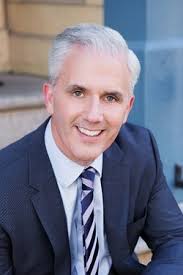 Like many people, my first real introduction to mindfulness was a book Jon by Kabat-Zinn called Wherever You Go, There You Are. It is comprised of little chapters and essays on mindfulness, and he has such a wonderful way of making it conversational and thought-provoking. In the nineties, that was my morning book. For a couple of years, I would read parts of it to start my day, and then I would contemplate what I read and usually journal a bit. That was the beginning for me.
Like many people, my first real introduction to mindfulness was a book Jon by Kabat-Zinn called Wherever You Go, There You Are. It is comprised of little chapters and essays on mindfulness, and he has such a wonderful way of making it conversational and thought-provoking. In the nineties, that was my morning book. For a couple of years, I would read parts of it to start my day, and then I would contemplate what I read and usually journal a bit. That was the beginning for me. The short answer is that back in about 1983 or so when I first went into practice, I had a patient who was a 50-year-old woman. She had one child and a marriage that wasn’t so good, and her child was going off to college. She started having panic attacks, and I thought she was anxious about having to live with her husband or leaving her husband. I went through a series of standard treatments over the course of a year. Nothing worked – not therapy, not various medications, not cognitive behavioral therapy. I went back to the drawing board. I looked at her labs and saw that the size of her red blood cell count was a little bit larger than the upper limit of normal. I did a little research and found out that it could be a B12 deficiency. I gave her a B12 injection, and her panic attacks cleared up overnight. I was blown away. And I thought, “Gee, this is important. I wonder what else I’m missing. What else wasn’t I taught, and what didn’t my teachers know?” I eventually figured out that it is essential to remember that the head is connected to the body by the neck. I learned all the different interactions between the body and the mind and ultimately how the mind is really influenced by every level of our environment.
The short answer is that back in about 1983 or so when I first went into practice, I had a patient who was a 50-year-old woman. She had one child and a marriage that wasn’t so good, and her child was going off to college. She started having panic attacks, and I thought she was anxious about having to live with her husband or leaving her husband. I went through a series of standard treatments over the course of a year. Nothing worked – not therapy, not various medications, not cognitive behavioral therapy. I went back to the drawing board. I looked at her labs and saw that the size of her red blood cell count was a little bit larger than the upper limit of normal. I did a little research and found out that it could be a B12 deficiency. I gave her a B12 injection, and her panic attacks cleared up overnight. I was blown away. And I thought, “Gee, this is important. I wonder what else I’m missing. What else wasn’t I taught, and what didn’t my teachers know?” I eventually figured out that it is essential to remember that the head is connected to the body by the neck. I learned all the different interactions between the body and the mind and ultimately how the mind is really influenced by every level of our environment. Andrea Yeh is an undergraduate junior majoring in Operation and Information Management and in International Relations.
Andrea Yeh is an undergraduate junior majoring in Operation and Information Management and in International Relations. Making deadlines, avoiding distractions, focusing; these all require self-control. Self-control is linked with higher I.Q and with greater productivity. Also having self-control effects health and being healthy means you can perform better at work
Making deadlines, avoiding distractions, focusing; these all require self-control. Self-control is linked with higher I.Q and with greater productivity. Also having self-control effects health and being healthy means you can perform better at work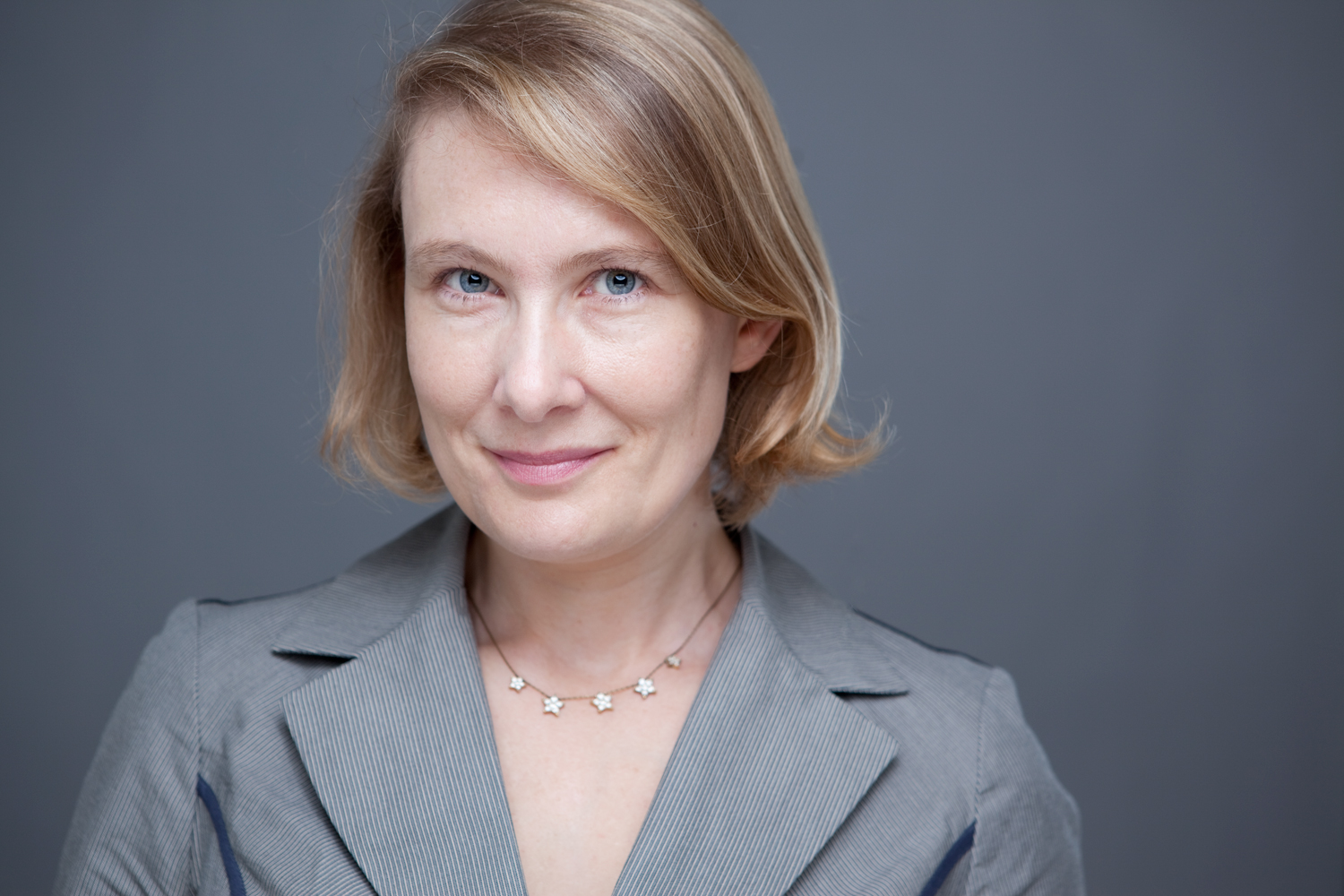 Prior to my life in academia, I was in the business world. There I observed that, though we all have multiple identities and commitments in life, employers don’t seem to recognize or tackle this issue.
Prior to my life in academia, I was in the business world. There I observed that, though we all have multiple identities and commitments in life, employers don’t seem to recognize or tackle this issue. Several colleagues and I were talking about how much we loved our work and how meaningful it was, but also that it’s the type of job that is never ending; there’s always something to be done. We wondered how we could avoid burnout, but still be on the cutting edge. What we’ve found is that people thrive in their work when they feel energized, have vitality, feel alive at work, and feel as though their learning, growing, getting better.
Several colleagues and I were talking about how much we loved our work and how meaningful it was, but also that it’s the type of job that is never ending; there’s always something to be done. We wondered how we could avoid burnout, but still be on the cutting edge. What we’ve found is that people thrive in their work when they feel energized, have vitality, feel alive at work, and feel as though their learning, growing, getting better.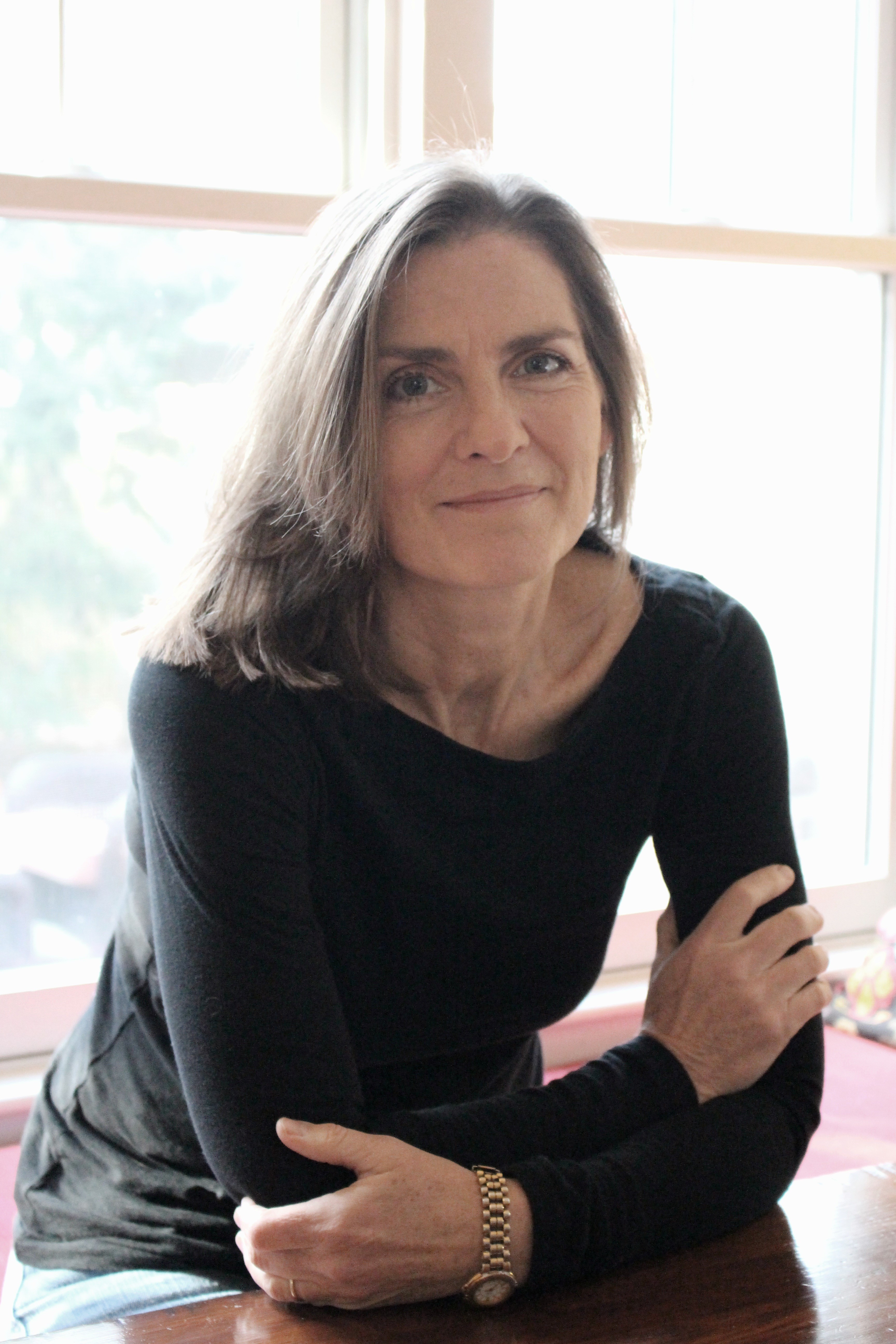 I’ve described it as an accidental book. I was a completely overwhelmed working mother of two. I worked full time. I felt very guilty. I didn’t really stop to ever think about it. I just thought, “Well maybe this is the price I have to pay for being a working mother.” I was incredibly over-involved. I was not only working the second shift, but come holidays, I was working the third shift as well.
I’ve described it as an accidental book. I was a completely overwhelmed working mother of two. I worked full time. I felt very guilty. I didn’t really stop to ever think about it. I just thought, “Well maybe this is the price I have to pay for being a working mother.” I was incredibly over-involved. I was not only working the second shift, but come holidays, I was working the third shift as well. is an undergraduate senior studying Management at The Wharton School and English (Creative Writing) at the College of Arts & Sciences.
is an undergraduate senior studying Management at The Wharton School and English (Creative Writing) at the College of Arts & Sciences. 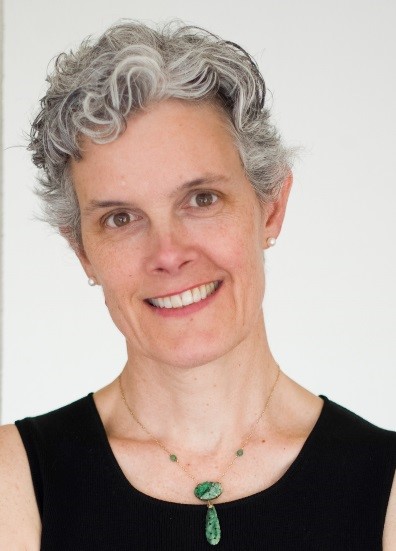 The internet started out as a small defense-related mechanism for people to communicate with one another, but as we know, it has grown into the behemoth that we are experiencing today. I think the Internet is an obvious example of how technologies have become so ingrained in our lives that we don’t actually see them anymore. This is a critical realization for us to have – today, who actually looks at an electric light bulb every evening, for example, and says, “Whoa, look at that?” With technology, there’s somewhat of a perceptual fade over time where we cease to see these things anymore once the novelty has worn off. That is an important issue for us to grapple with, because once we stop seeing it, we stop looking at it critically. We might see the content coming at us and hear the beeping, but do we really take a step back and think through what are the pros and cons, how am I going to live with this technology, what can I really do with it? We have developed some very simple ways of dealing with technology, but I think now we need to become more sophisticated in how we think about our interaction with these new products. This fade is an inevitable part of the historical process, but it’s also that is really urgent for people to grapple with because there is such a steep cost to misusing technology.
The internet started out as a small defense-related mechanism for people to communicate with one another, but as we know, it has grown into the behemoth that we are experiencing today. I think the Internet is an obvious example of how technologies have become so ingrained in our lives that we don’t actually see them anymore. This is a critical realization for us to have – today, who actually looks at an electric light bulb every evening, for example, and says, “Whoa, look at that?” With technology, there’s somewhat of a perceptual fade over time where we cease to see these things anymore once the novelty has worn off. That is an important issue for us to grapple with, because once we stop seeing it, we stop looking at it critically. We might see the content coming at us and hear the beeping, but do we really take a step back and think through what are the pros and cons, how am I going to live with this technology, what can I really do with it? We have developed some very simple ways of dealing with technology, but I think now we need to become more sophisticated in how we think about our interaction with these new products. This fade is an inevitable part of the historical process, but it’s also that is really urgent for people to grapple with because there is such a steep cost to misusing technology. Morgan Motzel is an undergraduate junior in the Huntsman Program in International Studies and Business at Penn focusing on Management and Latin America.
Morgan Motzel is an undergraduate junior in the Huntsman Program in International Studies and Business at Penn focusing on Management and Latin America.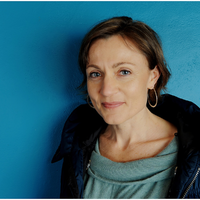 Katrina Alcorn: Businesses have an incredible opportunity to create desperately needed change in the American workplace. Employers need to start looking at how to empower their employees with more autonomy. I know from having been a manager that this idea can be really scary. You might feel, for example, as though your job is to make sure that everyone is in their seat and working hard. But that’s not necessarily the best way to go about it. Just seeing someone present in the office doesn’t mean we’re getting the most out of our employees, nor does babysitting them mean we’re being good managers. One interesting new management strategy is the high-performance or results-oriented work environment. The idea is that you can empower employees – whether they are knowledge workers or people who work on a factory floor – to make the best decisions and do the best job that they can. In this model, employees have control, instead of the boss is telling everyone what to do. When people are empowered and have real responsibility, they find their work is a lot more meaningful. It’s also great for morale because no grown-up wants to be babysat.
Katrina Alcorn: Businesses have an incredible opportunity to create desperately needed change in the American workplace. Employers need to start looking at how to empower their employees with more autonomy. I know from having been a manager that this idea can be really scary. You might feel, for example, as though your job is to make sure that everyone is in their seat and working hard. But that’s not necessarily the best way to go about it. Just seeing someone present in the office doesn’t mean we’re getting the most out of our employees, nor does babysitting them mean we’re being good managers. One interesting new management strategy is the high-performance or results-oriented work environment. The idea is that you can empower employees – whether they are knowledge workers or people who work on a factory floor – to make the best decisions and do the best job that they can. In this model, employees have control, instead of the boss is telling everyone what to do. When people are empowered and have real responsibility, they find their work is a lot more meaningful. It’s also great for morale because no grown-up wants to be babysat.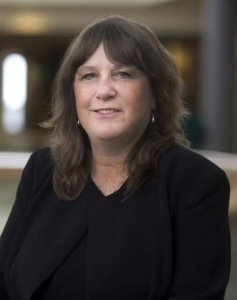 Ellen Kossek: I was a PhD student at Yale. I had been married about three years, and right in the busiest time of my fourth year of school, I was pregnant and about to have my first child. If I had taken any time off, I would have been stigmatized and I would have lost my fellowship, so I stuck it out. I think a lot of our choices as leaders stem from what happens in our own lives. I became passionate about wanting to make organizational changes to help others. I focused on this in my dissertation, and I never looked back.
Ellen Kossek: I was a PhD student at Yale. I had been married about three years, and right in the busiest time of my fourth year of school, I was pregnant and about to have my first child. If I had taken any time off, I would have been stigmatized and I would have lost my fellowship, so I stuck it out. I think a lot of our choices as leaders stem from what happens in our own lives. I became passionate about wanting to make organizational changes to help others. I focused on this in my dissertation, and I never looked back. Alice Liu is a senior studying Management at The Wharton School and English (Creative Writing) at the College of Arts & Sciences.
Alice Liu is a senior studying Management at The Wharton School and English (Creative Writing) at the College of Arts & Sciences.